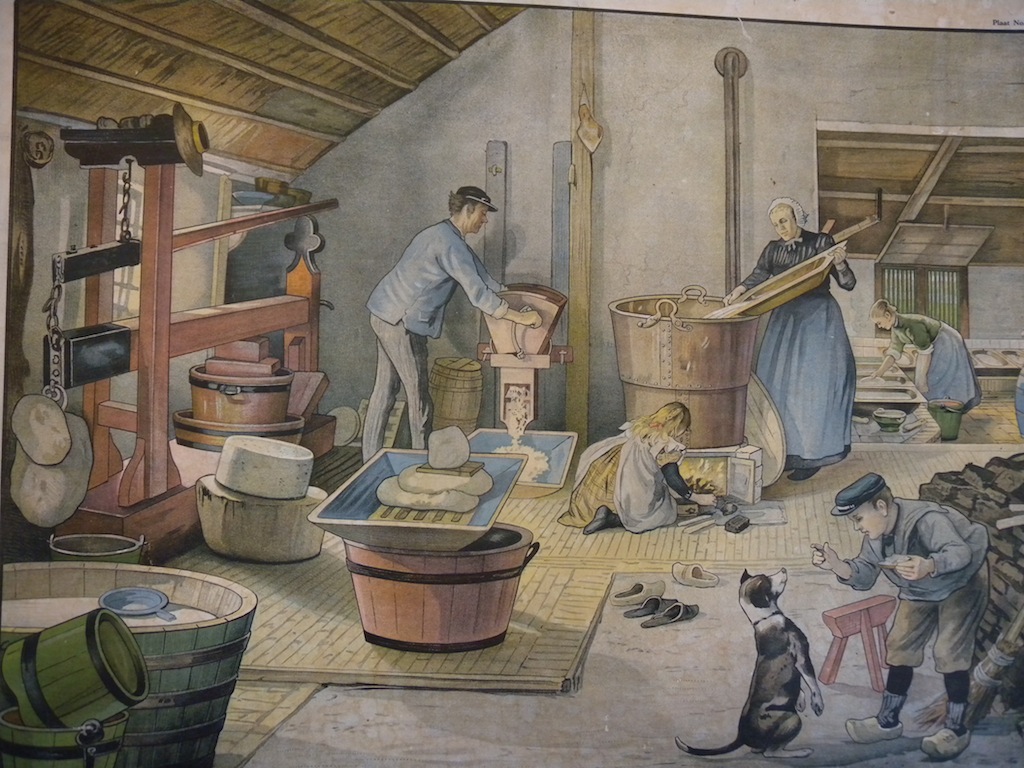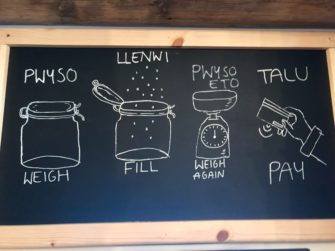
* Staying close to home this week for another camping story from the archives.
Follow me on Twitter, or subscribe to the RSS, for weekly updates from my travel-writing archive in the months to come.
Crocus was eyeing me suspiciously.
It had been a perfectly normal start to the day for the 15-year-old cow until I started manhandling her udders in the milking shed with all the dexterity of a ham-fisted townie.
I was trying to draw off the milk between my thumb and first finger to test for its clarity, but Crocus was clearly not amused.
My early-morning attempt at milking was just part of my farmer for a day experience at Gorstage Green Farm in the rural Cheshire village of Weaverham.
Putting on the mandatory green Wellies on a spring morning in Cheshire, I was in for some hands-on experience of working with the farm’s 100 Holstein-Friesian cows, which produce 850,000 litres of milk per year.
New directions
The Davis family has been involved in dairy farming since the 1920’s. After seeing the industry suffer numerous setbacks, from Foot and Mouth Disease to supermarkets squeezing the price of milk, the current owner, 39-year-old farmer Charles Davis, decided to diversify.
Today, Charles, who is keen to challenge the stereotype of farmers as ruddy-faced men verging on retirement, welcomes volunteers to his 150-acre holdingfor an insight into farm life – and some free manual labour.
“I work an 18-hour day with a half day at weekends, two weeks holiday per year and catch the odd Liverpool home game,” explains Charles, as we tuck into a post-milking breakfast of tea and toast around the kitchen table in the 17th century farmhouse.
He smiles, downing his mug of tea.
“After spending a day with me, I hope people go home understanding that farmers are the custodians of the countryside.”
Local attractions
I had arrived the day before and made my base the Pheasant Inn, a rustic B&B nestled in the village of High Burwardsley.
With views across the Cheshire Plains to North Wales, the Pheasant is a perennial favourite for walkers tackling the three sections of the 34-mile Sandstone Trail from Frodsham to Whitchurch, which passes its front door.
To soak up the country air I took in a spin around the leafy country lanes, stopping for dairy ice cream and a chance to admire the llamas at Cheshire Farm Ice Cream (www.cheshirefarmicecream.co.uk), and to stock up on gourmet country produce at the Hollies Farm Shop (www.theholliesfarmshop.com). Driving over to Knutsford.
I spend a few hours wandering round National Trust property Tatton Park (www.tattonpark.org.uk), which features Home Farm, a 1950’s-style working farm, which is popular with families and school parties for step-back-in-time visits.
Returning to the Pheasant for supper, the country-inn ambiance – all open fires and rustic fittings – was reassuringly traditional, while the 12 cottage-style rooms, set in annexes off the main bar-cum-restaurant, were a chintz-free zone.
Dinner that night was a braised lamb shank with mint gravy and mash, which made the most of local farm produce.
As I headed past the bar for an early night, the rows of muddy walking boots outside the front door testified to its popularity for a post-yomp supper and a pint of the local Eastgate Ale.
Mucking in
Next morning at the farm there was work to be done: worming and ear-tagging in the morning, working in the fields in the afternoon before milking the cows, feeding and bedding them down at dusk.
Most nights, rather than getting his head down to prepare for tomorrow’s 6am start, Charles is up late at the computer doing accounts and paperwork.
As the morning slips away I get a crash course in the diversity of daily tasks and the highly physical nature of the job, from mucking out to holding a 12-month-old calf steady while Charles empties worming vaccination down her neck.
By lunchtime I’m starting to feel more comfortable around the animals and confident about handling them.
That is, until I find myself trying to lure a five-day-old calf between enclosures by sucking on my finger (an old farmers’ trick that simulates sucking on her mother’s teat).
But as I gently entice her across the yard, she makes a break for the front gate, leaving me chasing breathlessly behind. Thankfully, Charles’ loyal dog, Crystal, is on hand to chase her back on my behalf.
By late afternoon my day as a trusty farmhand is nearly over, but there’s one last experience: a ride in Charles’ tractor.
“You’re not allowed to drive for health and safety reasons, but you can ride up front with me as we spread the slurry,” he smiles.
As we chug home with the sun setting over the fields, I can appreciate Charles’ love of the land and the comradeship he shares with the animals, such as his favourite cow, Crocus, that keep him company each day as he ploughs his lonely furrow across the Cheshire countryside.
“I’m not one to get stuck in an office,” he says as we shake mud-splattered hands.
“My theory in life is this: look after your animals and they will look after you.”
* This story was first published in the Daily Express in 2008. Liked this? Try Local Food heroes in Cheshire.
Post your comments below.



